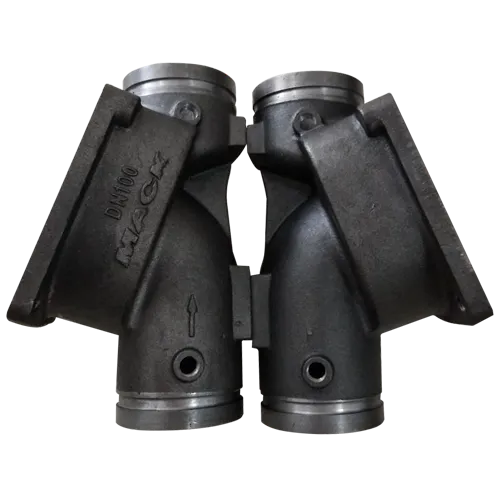Mobile:+86-311-808-126-83
Email:info@ydcastings.com
Pipe End Sealing Solutions for Improved Safety and Efficiency in Piping Systems
Pipe End Plugs An Essential Component in Pipeline Management
In the world of piping and plumbing, the importance of maintaining an effective sealing mechanism cannot be overstated. Among the various tools and accessories available, pipe end plugs play an essential role in ensuring the integrity of a piping system. These small yet powerful devices are designed to seal the ends of pipes, preventing the ingress of dust, debris, and other contaminants, while also ensuring that liquids and gases do not escape from the system.
What are Pipe End Plugs?
Pipe end plugs are fittings used to close off the open ends of pipes. They come in various materials, including plastic, rubber, and metal, and are available in numerous sizes to fit different pipe diameters. The choice of material usually depends on the specific application, including factors such as temperature, pressure, and the type of fluid being transported. For example, rubber plugs are often used for temporary closures in water systems, while metal plugs may be used in high-pressure gas applications.
Why Use Pipe End Plugs?
One of the primary reasons for using pipe end plugs is to protect the integrity of pipelines during installation, maintenance, or storage. When pipes are transported or stored, they can become exposed to environmental elements that can cause corrosion or debris ingress. By sealing the ends with plugs, operators can mitigate these risks. Moreover, pipe end plugs are crucial during system testing. They help create a closed system to check for leaks and ensure that all connections are secure before the system goes live.
Another significant benefit of pipe end plugs is that they assist in the safety management of pipeline systems. Open pipe ends can present safety hazards, particularly in industrial environments where sharp edges or high-pressure fluids are involved. By closing off these ends, pipe end plugs not only enhance the safety of the workplace but also prevent accidents and potential injuries.
Types of Pipe End Plugs
pipe end plugs

Pipe end plugs come in several types to accommodate various applications. Some common types include
1. Threaded Plugs These plugs feature threads that allow them to be screwed into the pipe, providing a secure seal. They are commonly used in metal piping systems.
2. Push-fit Plugs Designed for easy installation, these plugs can be simply pushed into the pipe end. They are often used in less critical applications where a temporary seal is needed.
3. Expanding Plugs These plugs expand upon insertion, creating a tight seal. They are ideal for pipes where a firmer grip is necessary.
4. Blind Flanges Although not a plug in the traditional sense, blind flanges cover the end of a pipe and are often used in larger systems where bolting is required.
Conclusion
In conclusion, pipe end plugs are a vital element in the management and maintenance of pipeline systems. Their ability to effectively seal pipe ends not only protects against contamination and leaks but also contributes to overall operational safety. Whether in residential plumbing, industrial piping, or fluid transport systems, the appropriate choice of pipe end plugs can have a significant impact on the efficiency and reliability of a piping system. Therefore, understanding the different types of plugs available and their specific applications is essential for anyone involved in the design, installation, or maintenance of pipelines. By utilizing high-quality pipe end plugs, operators can ensure that their systems remain safe, effective, and free from unwanted complications.
-
Why Should You Invest in Superior Pump Castings for Your Equipment?NewsJun.09,2025
-
Unlock Performance Potential with Stainless Impellers and Aluminum End CapsNewsJun.09,2025
-
Revolutionize Your Machinery with Superior Cast Iron and Aluminum ComponentsNewsJun.09,2025
-
Revolutionize Fluid Dynamics with Premium Pump ComponentsNewsJun.09,2025
-
Optimizing Industrial Systems with Essential Valve ComponentsNewsJun.09,2025
-
Elevate Grid Efficiency with High-Precision Power CastingsNewsJun.09,2025











